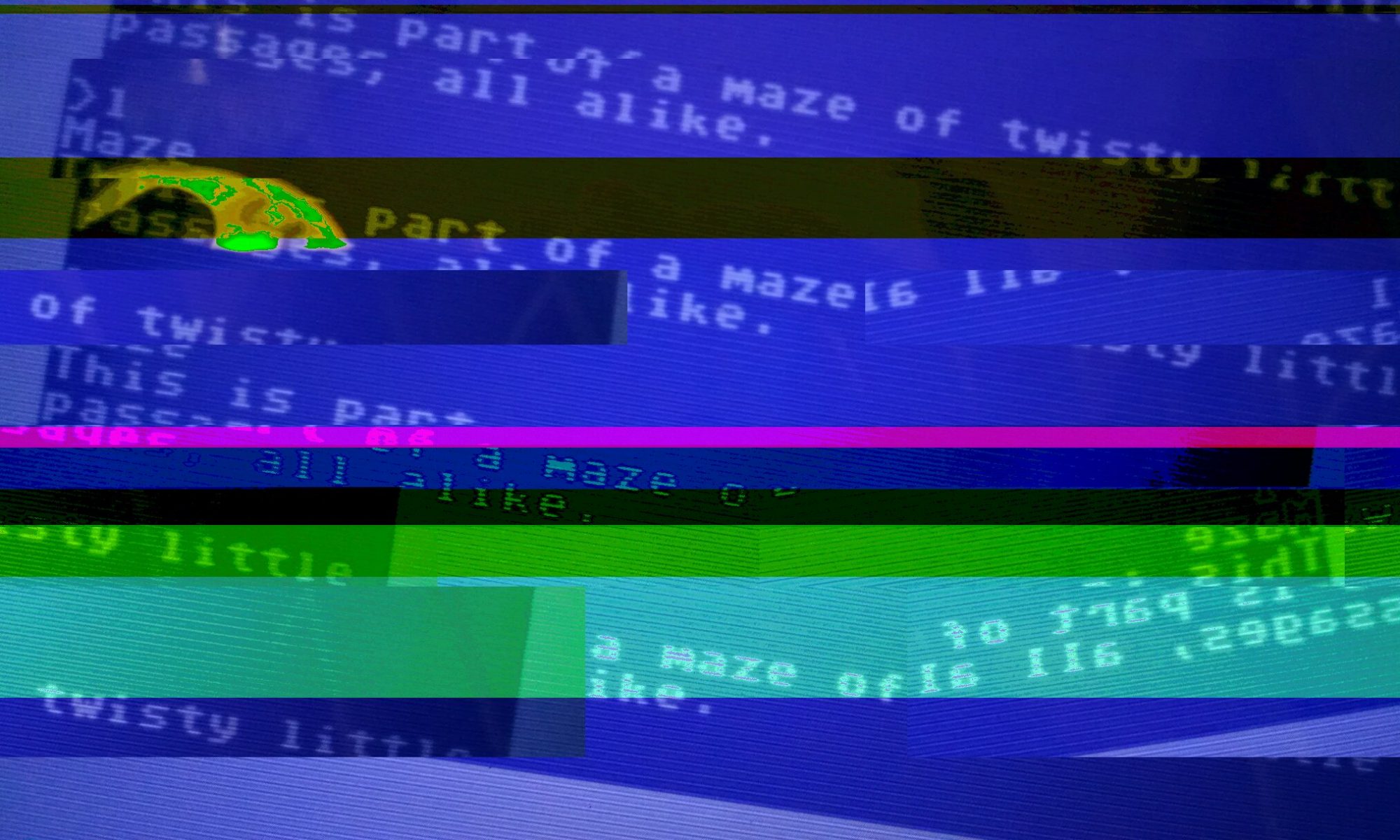In his essay, The Uncanny, Sigmund Freud analyzes uncanniness as it shows up in literature. He comes to the conclusion that there are several factors that can evoke the feeling of uncanniness in any work, whether that be a film, book, or in our case electronic literature. One of these factors is involuntary repetition, which is described as an unusual repetition of something random such as seeing the number 13 multiple times in one day, or wandering through a city and always ending up in the same alleyway.
In playing through Adam Cambell’s The Flat, one can feel a sense of uncanniness and involuntary repetition as they attempt to move through this thriller. The Flat always starts you at the bottom of a stairwell with dimmed lighting and grainy camera effects, then prompts you to move throughout the the flat by offering shimmers of light to click on in order to move around and read more of the story. You feel a sense of unease as you always end up at the same place at the end of the two minute time limit the work gives you to explore. The screen darkens and you hear an urgent knocking at the door, and upon answering you see a mysterious figure on the lawn. Afterwards the screen darkens once more, and you are given the option to re-enter the flat to try and learn more than you did in your first first couple tries.

Overall, I feel The Flat is an exemplary model of the uncanny in electronic literature as it certainly evokes feelings of unease and discomfort. At the same time, however, it does a good job of piquing interest and requires several play throughs to satisfy one’s curiosity.
